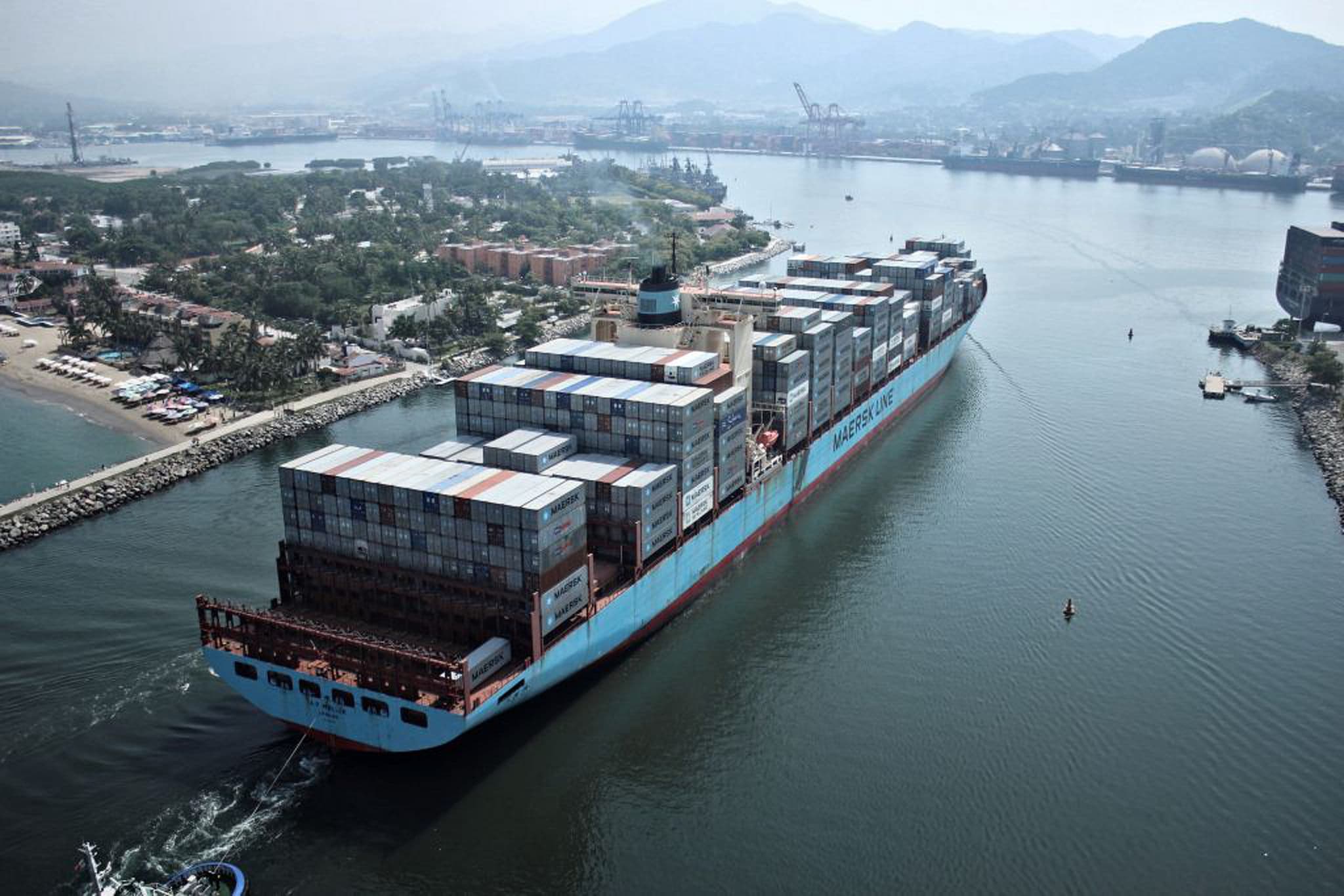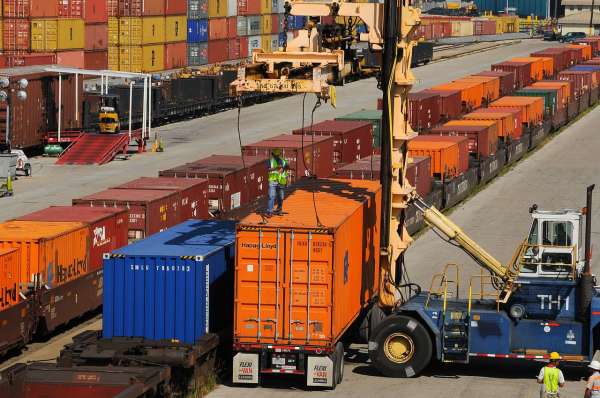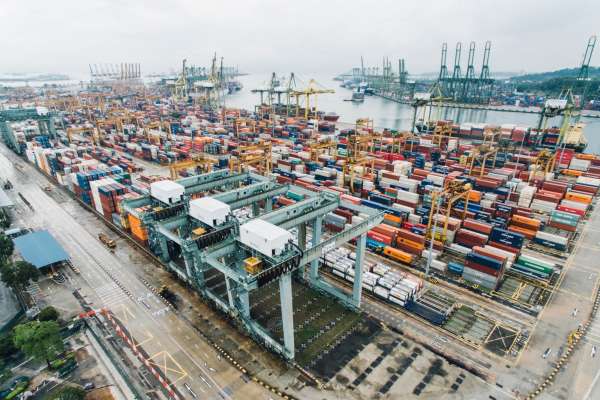Global trade in agriculture
This set of lessons helps students to answer: What is the function of global trade and what are the terms associated with trade? Why is global trade important? Why and how does agricultural trade link world economies and what different careers are available because of this? See teacher background →
Lessons
# Barter vs. trade
Students differentiate between barter and trade and discover where some of our most-loved goods come from.
Files
# Commodity case study
Students work through a case study example of soybeans: a commodity that is traded globally.
Files
# Infrastructure case study
Students look behind the scenes to determine how commodities can be transported by looking at a large infrastructure improvement.
Files
# Global Trade Career Video
Students watch a video to discover some of the careers related to global trade in agriculture. Students may be assigned to complete the global agricultural trade e-learning course.
Files
Teacher background
In today’s world trade is initiated between economic zones. More than ever, societies want goods that are high in quality and as inexpensive as possible. The best way for consumers to achieve that goal is to have local, state, national corporations and governments work together to create an environment for businesses and consumers.
The world is interconnected now more than ever. Social scientists started using the term globalization during the 1930’s to explain how the world was becoming interdependent and to show how the world integrated as one due to the flow of goods and services. The International Monetary Fund and the U.S. National Council on Economic Education stated that International trade has expanded rapidly since World War II, and even more so in the 1990’s due to increased technological aspects. In 1950, total merchandise exports in the world were $58 billion. In 1990 that figure was $3.5 trillion, and in 1997 it was $5.3 trillion. In 1997, world exports grew by over 9.5%, three times greater than world output growth of 3%. Over 3/4 of the world trade is in merchandise or goods-primarily industrial equipment, consumer goods, oil and agricultural products. Almost 1/4 of world trade is in services, mostly in banking, insurance, transport, telecommunication, engineering and tourism. Since the 1950’s, transportation costs, based on cheap oil, as well as communication costs, have steadily declined. This has helped fuel the explosion in global trade. (IMF Center, 2005)
These resources have been made available via a partnership between the Columbus Council on World Affairs and the Ohio Soybean Council.
Next gen science standards
Science and engineering practices
- Asking questions (for science) and defining problems (for engineering)
- Analyzing and interpreting data
- Using mathematics and computational thinking
- Obtaining, evaluating, and communicating information
Crosscutting concepts
- Scale, proportion, and quantity
Disciplinary core ideas/content
- LS1D Information processing
- LS2D Social interactions and group behavior
- ETS2 Links among Engineering, technology, science and society
- ETS2B Influence of engineering, technology and science on society and the natural world





Share this